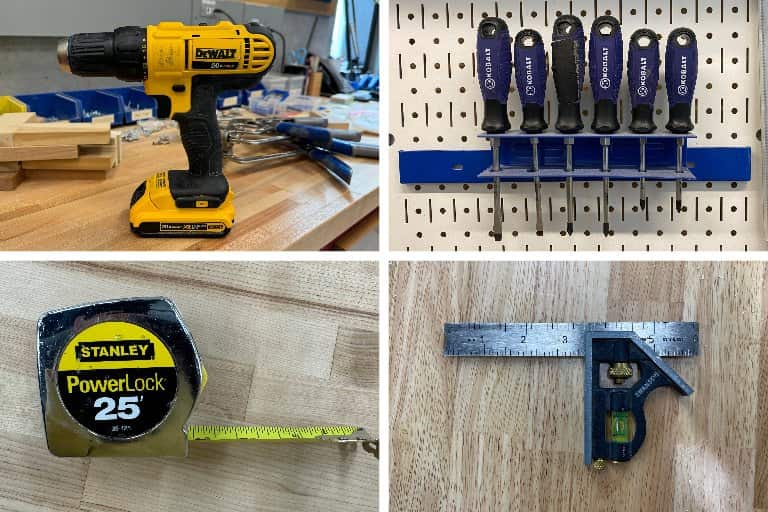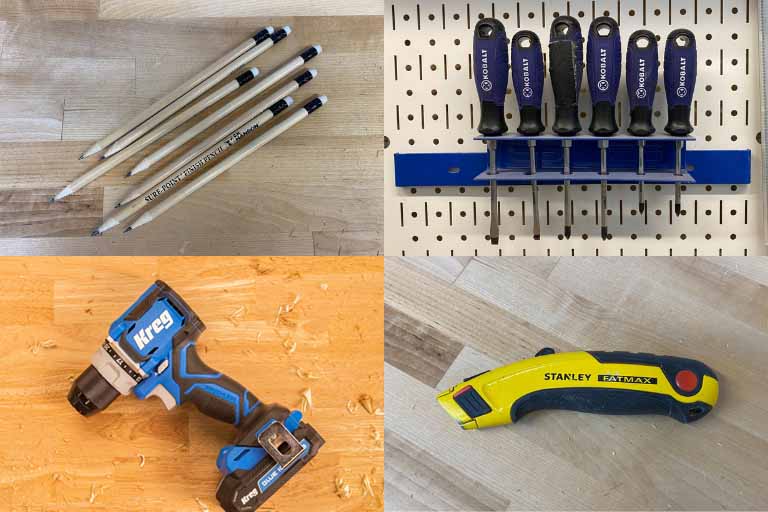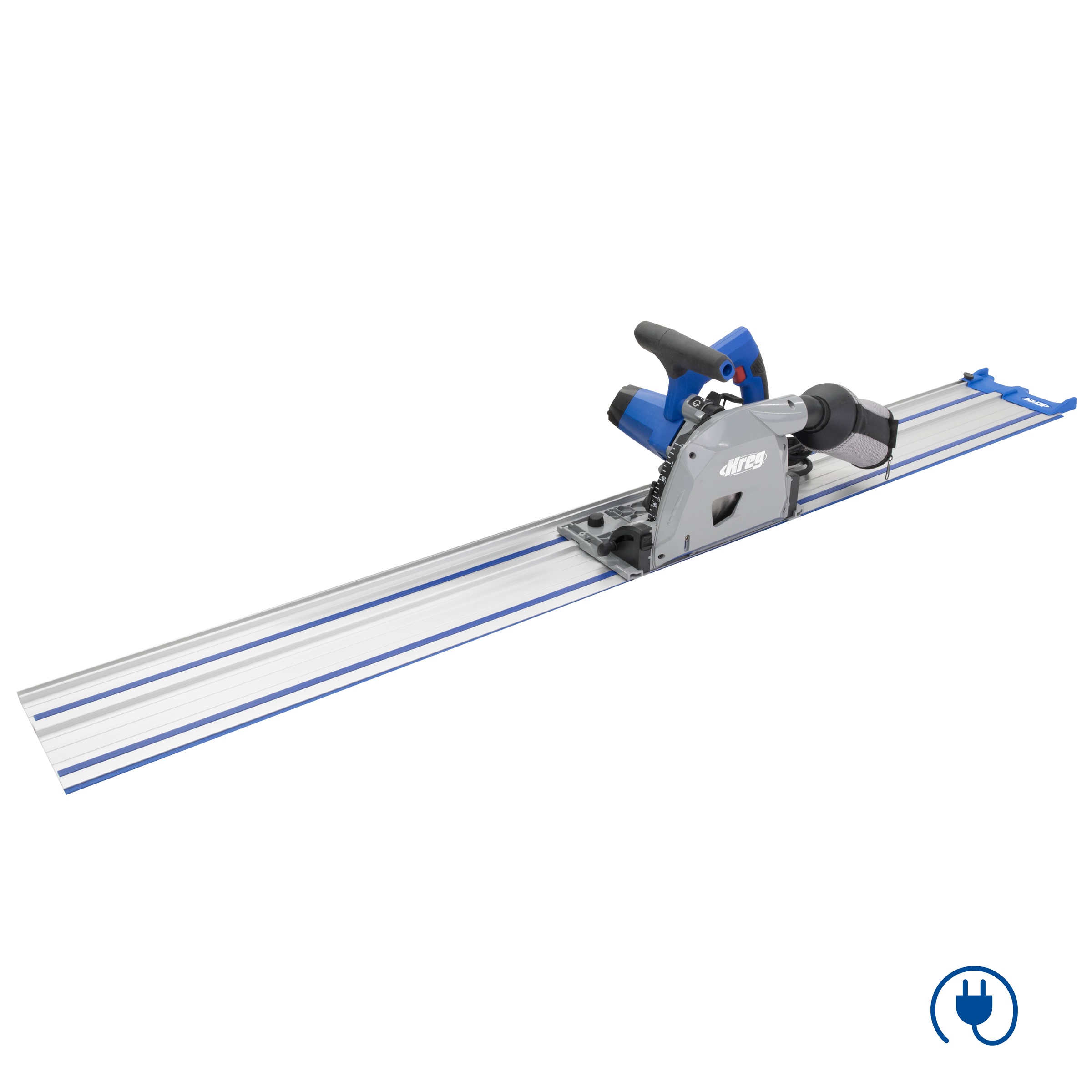Mastering hand tools is one of the basic skills any woodworker should master. These tools bring your ideas to life, turning plain wood into beautiful creations. Let’s dive into the world of woodworking hand tools in simple terms.
What are the six classes of woodworking hand tools?
Woodworking hand tools can be classified into six distinct categories, each serving a specific purpose in the woodworking process.
1. Measuring and Marking Tools:
Accurate measurements and precise markings are vital. Tools like tape measures, rulers, and marking gauges ensure your cuts and joints are spot-on.

2. Cutting Tools:
These are the heart of woodworking. Hand saws, coping saws, tenon saws, and backsaws help you shape and cut wood for your projects.
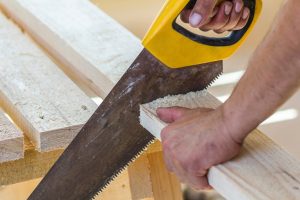
3. Shaping Tools:
Wood can take many shapes. Planes, chisels, rasps, and files help you create smooth surfaces, carve intricate details, and refine edges.

4. Joinery Tools:
Joining wood pieces seamlessly is an art. Chisels, hand saws, dovetail saws, and mallets let you create strong and precise joints like dovetails and mortise and tenon.

5. Boring Tools:
Drilling holes and cavities in wood is a breeze with hand drills, brace and bit sets, and gimlets. They’re handy for things like screws and dowels.

6. Holding and Clamping Tools:
These tools keep your workpieces stable while you cut, shape, and assemble. Bench vises, clamps, and holdfasts make sure everything stays put.

What are the basic hand tools for woodworking?
What woodworking tools should you get first? These 12 basic tools form the bedrock of every artisan’s toolkit, enabling precise measurements, controlled cuts, and impeccable joinery. Whether you’re a newcomer or an enthusiast honing your craft, these foundational tools will be your trusted companions on your woodworking journey.
Measuring and Marking Tools:
Try Squares:
These keep your cuts and joints square and accurate.
Marking Gauges
Perfect for creating parallel lines on your wood for things like mortises and tenons.
Tape Measures
Versatile and quick for measuring boards and overall dimensions.
Cutting Tools:
Hand Saws:
From crosscuts to rip cuts, these let you cut wood accurately.
Coping Saws:
Great for cutting curves and intricate patterns.
Shaping and Smoothing Tools:
Hand Planes:
They make your wood smooth and ready for action.
Rasps and Files:
Perfect for refining edges and shapes.
Spokeshaves:
Ideal for shaping curves and chamfers.
Joining and Fastening Tools:
Hammers:
You’ll need a claw hammer for nails and a mallet for more delicate tasks.
Screwdrivers:
For assembling furniture and attaching hardware.
Clamps:
These keep your pieces together while glue dries and ensure everything stays in place.
What is the most versatile woodworking hand tool?
Without a doubt, the chisel stands as the most versatile hand tool in the world of woodworking.
Chisels are an indispensable part of a woodworker’s tool collection. Here’s why they’re amazing:
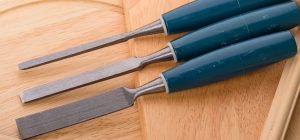
- Precision Cutting and Shaping: Chisels let you cut, pare, and shape wood with incredible precision.
- Joinery Work: They’re perfect for crafting strong and snug-fitting joints.
- Removing Waste Material: Great for cleaning up joints and creating a tight fit.
- Carving and Sculpting: Chisels help you create intricate designs and shapes.
- Smoothing and Finishing: You can use them to refine surfaces to perfection.
- Inlay and marquetry: Chisels create spaces for decorative elements.
- Door and hinge fitting: Precise mortises for hinges are no problem for chisels.
- Fine detailing: They work together with mallets to achieve intricate details.
- Repair and restoration: Chisels help you remove damaged wood for repairs.
- Functional in compact spaces: Even in tight spots, a chisel delivers results.


